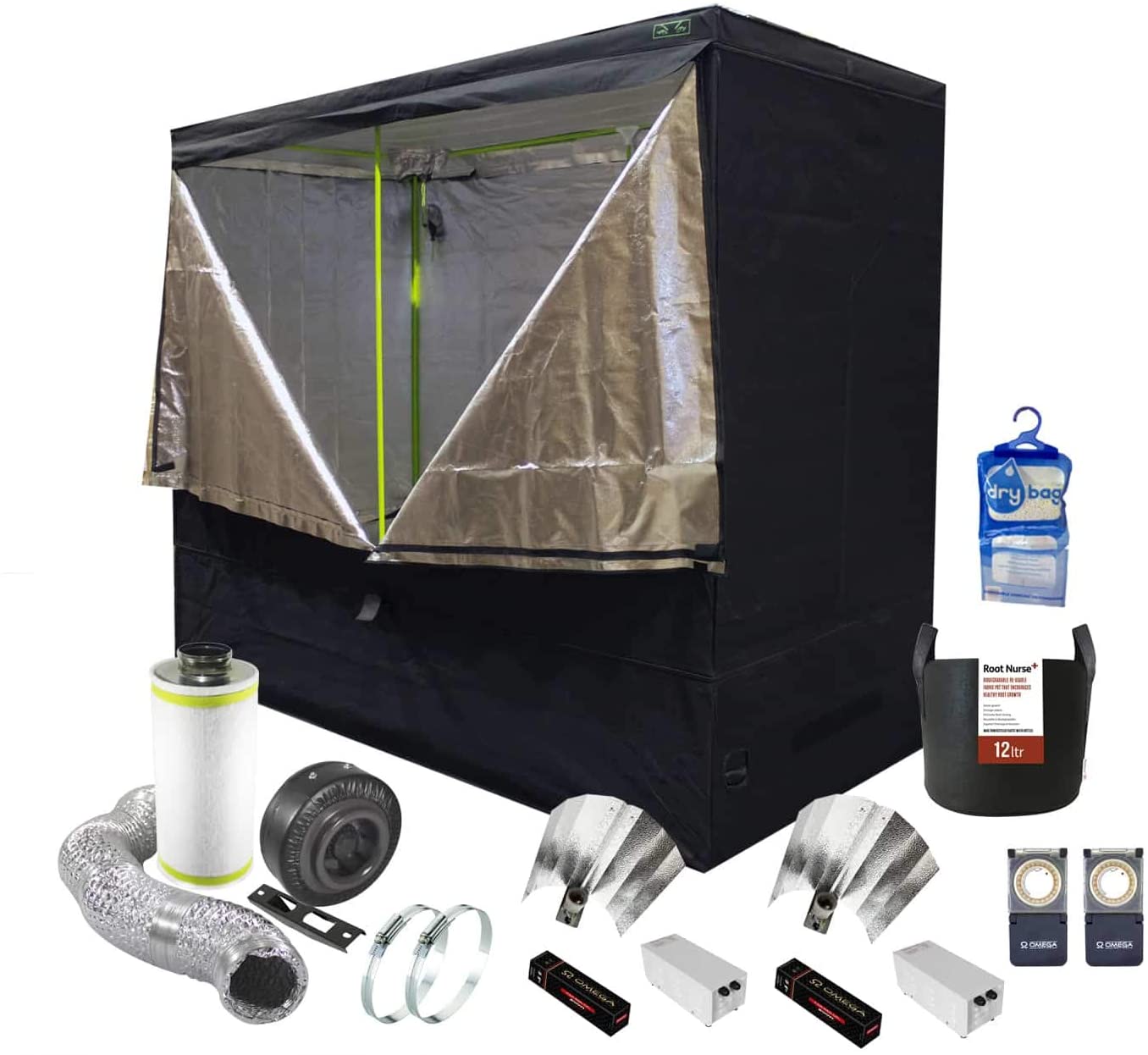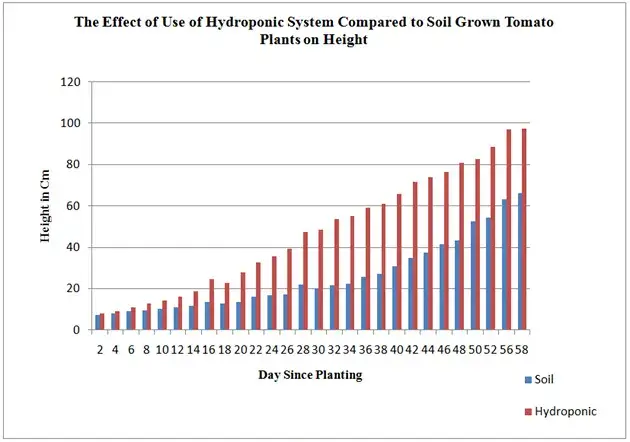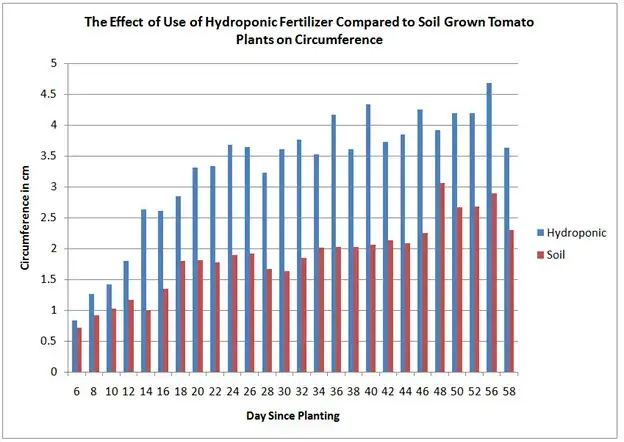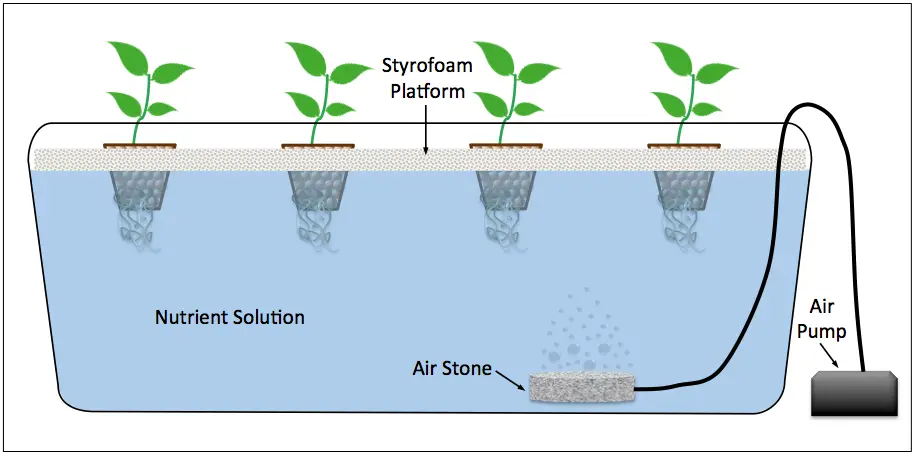Hydroponics for Beginners!
Much of our food is grown hydroponically and it is easy to do at home!

The advantages of Hydroponics

Here are some of the reasons to choose hydroponics.....
Fast Growth: Because it is such an efficient way to nurture plants most experts will agree that plants grow at least 20% faster with this method.
No Soil: You may live in an area where the quality of the soil in your garden cannot be guaranteed. Or you may live in an urban area or a flat where there are no gardens! Hydroponics grows plants without soil!
No Weeds!
You are starting this grow environment from scratch and will not be invaded by weeds (such as nettles etc etc)
Bigger Yields: The plants can be fed with a certain degree of precision and therefore will flourish.
Water Saving: Grow rooms can use reservoirs that are covered. This means that the water will not seep through the soil or simply evaporate as it does in a garden.
Space Saving: Because of how the nutrients are provided the plants do not need to spread their roots in the search of food. This means that loads of plants can be grown close to each other.
Less Pests and Diseases:
Many of these are soil-borne and are therefore eliminated!

The different types of Hydroponic Systems
There are 6 common hydroponics systems....
- Deep Water Culture (DWC)
- Ebb and Flow (Flood and Drain)
- Wicking
- Drip
- Aeroponic
- Nutrient Film Technique (NFT)
None of these systems need soil and the plants are fed using a nutrient solution. The difference between them is how they serve the air, nutrients and water to your plants.
An easy system to start with is the DWC, Deep Water Culture.
DWC - Deep Water Culture
There are plenty of DWC systems to choose from, such as the Oxypot, and here is a diagram that shows how they work....

These systems need the least amount of materials to get started.
The reservoir is filled with a nutrient solution for the plants, whose roots are suspended into it.
Air is bubbled into the reservoir so that a continuous supply of oxygen is received.
The system is easy to set up and relatively low maintenance.
Lighting for your plants....
Just as plants need sunlight they will of course require ample lighting when indoors.
If you can locate the DWC system where there is around 6 hours of sunlight a day then great.
If not, then there is plenty of
artificial lighting to choose from. The size and strength of it does of course depend on how large your growroom is and how many plants so we can advise on this.
Starting your plants from clones....
Rather than starting from scratch with seed a clone from a live plant can be used.
For example, a herb seedling can be removed from the soil and the tiny roots can be suspended in the nutrient solution using a net pot. Be sure to rinse away any dirt from the roots and avoid contaminating your water.
The DWC can then get on with the job!
Make sure your water doesn't harm the plants
Liquids have a pH value that determines if they are acidic or alkaline. It ranges from 1 to 14, with 1 being the most acidic and 14 the most alkaline. 7 is neutral. Tap water is typically between 7 and 8 whereas plants typically thrive when the pH is between 5.5 and 6.3
A
pH testing kit will mean you are easily able to measure this.
There is no guarantee that the water you use will be at the ideal pH but this is nothing to worry about! There are
pH-Up and
pH-down products to easily adjust this.
Nutrients
As with many things there are plenty to choose from!
Advanced Nutrients are effective, especially when it comes to the pH values mentioned above. They can hold the solution in the pH "sweet spot" which means there are less variables to be concerned with.
Getting Started
If you are relatively new to this and have enjoyed what you are reading then feel free to give us a shout and we can help to get you started!

